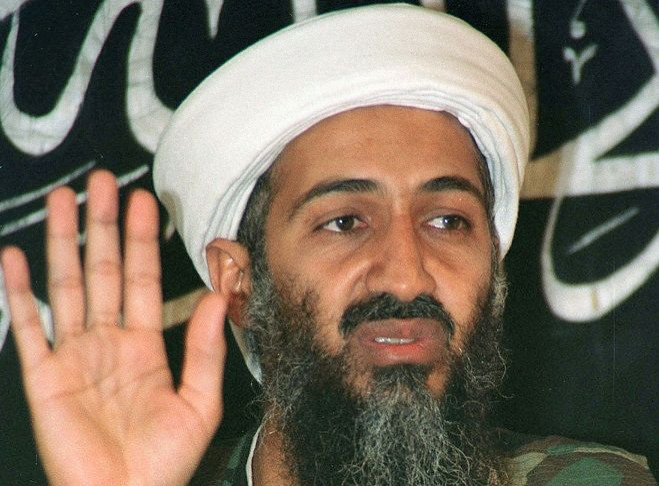NSA Snowden Leaks: Satellites, Drones, Cell Phone Tracking Used In Osama Bin Laden Raid

Buried in the latest revelations from Edward Snowden come new details on how the intelligence community carried out the raid that killed Osama bin Laden.
The latest documents, published Thursday in the Washington Post, reveal classified details of how the intelligence community, with over 100,000 employees, spends its budget. Since 2007, the government has released the total amount allotted to the government’s 16 spy agencies each year in the aggregate, but until now there were no public details on how that money was spent. The $52.6 billion “black budget” for fiscal 2013 provides key insights into how the intelligence community has changed and expanded since the Sept. 11 terrorist attacks.
This budget blueprint, which represents the requests made to the intelligence communities in Congress in February 2012 but does include any changes that Congress may have subsequently made, include among its notable revelations details of how the government used everything from mobile phone tracking to drones to prepare for and carry out the bin Laden raid in Abbottabat, Pakistan in the spring of 2011.
In the lead-up to the raid, cell phone tracking by the National Security Agency, the government’s electronic spying arm, became on important piece of evidence leading to bin Laden’s whereabouts. The NSA was able to track calls from al Qaeda operatives by identifying calling patterns. The Central Intelligence Agency was then able to hone in on the location of one of those phones, which led to the Abbottabad compound.
The NSA’s efforts were aided by its Tailored Access Operations group, which implants spyware and tracking devices on targeted computers and mobile phone networks. Such “implants” from Tailored Access Operations, the budget says, aided the NSA in tracking al Qaeda’s phone calls.
Meanwhile, according to the budget blueprint, the National Reconnaissance Office spent the month before the raid collecting high-resolution and infrared images of the compound, performing over 387 “collects” which proved “critical to prepare for the mission and contributed to the decision to approve execution.”
During the raid, the government used surveillance technology to oversee the operation and intercept intelligence. When Navy SEALs raided bin Laden’s compound, the Washington Post reports that it was accompanied by “a fleet of satellites, which aimed dozens of separate receivers over Pakistan to collect a torrent of electronic and signals intelligence as the mission unfolded.” The government also “flew an advanced stealth drone, the RQ-170, over Pakistan to eavesdrop on electronic transmissions,” the Post reported.
Eight hours after the raid, a forensic intelligence laboratory run by the Defense Intelligence Agency in Afghanistan confirmed through DNA testing that Osama bin Laden had been killed.
Other notable revelations in the documents include the budget for the CIA, which requested $14.7 billion for 2013, far more than where outside estimates had put the number. The NSA’s budget request was the second largest at $10.8 billion. A second shocking figure in the documents reveals that the NSA in 2013 plans to investigate at least 4,000 possible cases in which the agency suspects sensitive information was compromised by someone inside it.
© Copyright IBTimes 2025. All rights reserved.






















